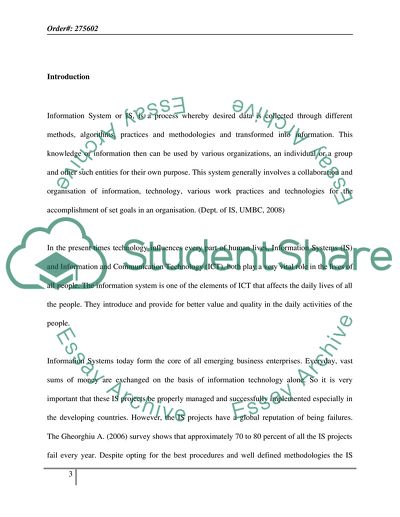Cite this document
(The Barriers Posed by the Developing Countries in Terms of Literature review, n.d.)
The Barriers Posed by the Developing Countries in Terms of Literature review. Retrieved from https://studentshare.org/technology/1720855-is-failures-barriers-of-implementation-ict-projects-in-developing-countries
The Barriers Posed by the Developing Countries in Terms of Literature review. Retrieved from https://studentshare.org/technology/1720855-is-failures-barriers-of-implementation-ict-projects-in-developing-countries
(The Barriers Posed by the Developing Countries in Terms of Literature Review)
The Barriers Posed by the Developing Countries in Terms of Literature Review. https://studentshare.org/technology/1720855-is-failures-barriers-of-implementation-ict-projects-in-developing-countries.
The Barriers Posed by the Developing Countries in Terms of Literature Review. https://studentshare.org/technology/1720855-is-failures-barriers-of-implementation-ict-projects-in-developing-countries.
“The Barriers Posed by the Developing Countries in Terms of Literature Review”, n.d. https://studentshare.org/technology/1720855-is-failures-barriers-of-implementation-ict-projects-in-developing-countries.


